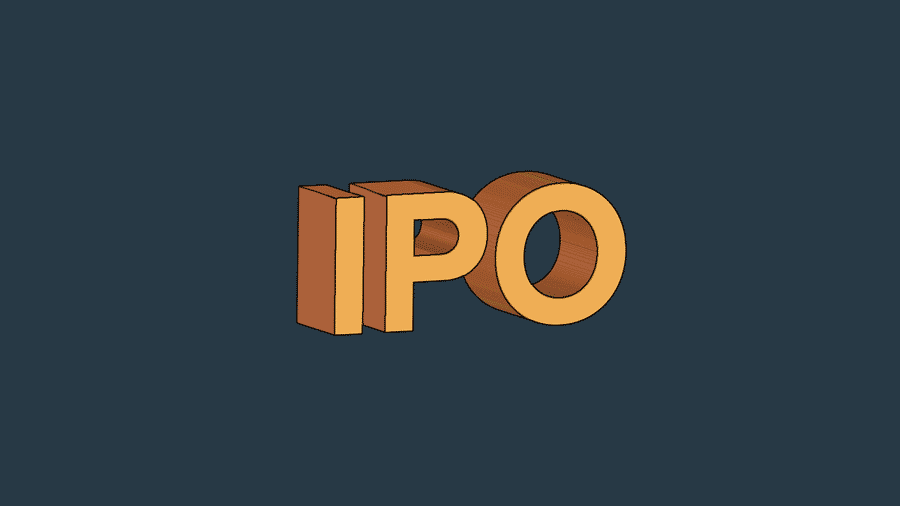Pricing an IPO is a bit of an art.
Underwriters (investment banks) considers numerous factors that can influence the IPO price like the current value of a company, as well as its future forecasts. Also, the IPO price incorporates the risk overview of the investment and compensates investors for such risk and potential supply and demand forces.

While IPOs are designed to give a premium to institutional investors taking a chance on a new stock, a big rally can leave investors wondering why shares weren’t priced higher. If the stock doesn’t pop, or worse if it falls companies can be viewed as failures for not attracting investors.
Underwriter balance IPO prices in a way that is high enough to raise sufficient capital for a company while low enough to stimulate the interest of potential investors to purchase the shares. Maintaining the balance is critical to ensure the execution of a successful IPO.
For example, if an underwriter decides to set a very low offering price, a company will not be able to raise significant capital. Conversely, a high offering price may discourage potential investors from acquiring the issued shares.
Participate in an IPO
